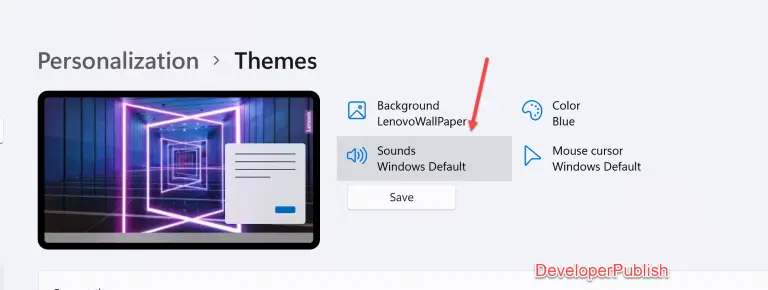This blog post will guide you through several effective methods to troubleshoot and resolve the issue of Microsoft Edge not downloading files. Microsoft Edge, the web browser developed by Microsoft, has evolved significantly over the years, offering a range of features and a user-friendly interface. However, like any software, it can sometimes run into issues. A common problem that users encounter is Edge not downloading files. This can be frustrating, especially when you need to access important documents or media.
How to Fix Microsoft Edge Not Downloading Files?
1. Check Internet Connection
First and foremost, ensure that your internet connection is stable. A weak or unstable connection can interrupt the download process. Try loading a few different websites to confirm your internet is working correctly.
2. Inspect Edge’s Download Settings
- Open Microsoft Edge and click on the three dots in the upper right corner to access settings.
- Navigate to ‘Downloads’ in the settings menu.
- Verify the default download location. Ensure it’s set to a folder to which you have access.
- Check if there’s an option that might be blocking downloads and adjust accordingly.
3. Clear Browser Cache and Cookies
Sometimes, corrupted cache files or cookies can hinder browser performance, including download capabilities.
- Again, click on the three dots in the upper right corner.
- Go to ‘Settings’ > ‘Privacy, search, and services’.
- Under ‘Clear browsing data’, click on ‘Choose what to clear’.
- Select ‘Cached images and files’ and ‘Cookies and other site data’, then click ‘Clear now’.
4. Disable Browser Extensions
Certain browser extensions can interfere with file downloads. Try disabling them to see if it resolves the issue.
- Go to Edge’s settings and click on ‘Extensions’.
- Disable extensions, especially those related to downloads or security, one by one to identify if any are causing the problem.
5. Run Edge in Administrator Mode
Sometimes, running Edge with administrator privileges can resolve download issues.
- Close Edge, then right-click on its icon.
- Select ‘Run as administrator’ and try downloading files again.
6. Reset Microsoft Edge
If none of the above methods work, consider resetting or reinstalling Edge.
- To reset, go to Edge settings, click on ‘Reset settings’, and then ‘Restore settings to their default values’.
7. Check Your Antivirus or Firewall Settings
Sometimes, antivirus software or firewall settings can prevent downloads for security reasons.
- Temporarily disable your antivirus or firewall to see if it’s the cause.
- If downloads work with these disabled, you may need to adjust your software’s settings to allow downloads from Edge.
If Microsoft Edge is not downloading files, it’s usually due to issues with browser settings, extensions, or external software like antivirus programs. By methodically working through these troubleshooting steps, you can identify and solve the problem, restoring Edge’s functionality. Remember, it’s important to only download files from trusted sources to keep your system safe.



